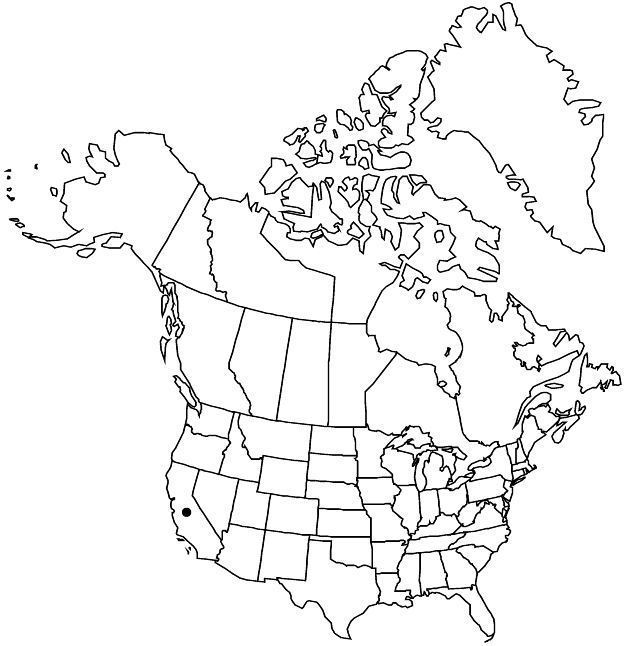Difference between revisions of "Ceanothus gloriosus var. gloriosus"
Common names: Point Reyes ceanothus
Endemic
Synonyms: Ceanothus prostratus var. grandifolius (Torrey) Jepson
FNA>Volume Importer |
imported>Volume Importer |
||
| Line 51: | Line 51: | ||
|publication year= | |publication year= | ||
|special status=Endemic | |special status=Endemic | ||
| − | |source xml=https:// | + | |source xml=https://bibilujan@bitbucket.org/aafc-mbb/fna-data-curation.git/src/bb6b7e3a7de7d3b7888a1ad48c7fd8f5c722d8d6/coarse_grained_fna_xml/V12/V12_754.xml |
|genus=Ceanothus | |genus=Ceanothus | ||
|subgenus=Ceanothus subg. Cerastes | |subgenus=Ceanothus subg. Cerastes | ||
Revision as of 20:11, 27 May 2020
Shrubs, 0.1–0.4 m. Stems prostrate or spreading. Leaf blades widely obovate to suborbiculate, 23–31(–45) × 17–24 mm, marginal teeth 13–31. 2n = 24.
Phenology: Flowering Mar–May.
Habitat: Sandy soils, coastal bluffs, maritime chaparral, pine forests.
Elevation: 30–200 m.
Discussion
Variety gloriosus occurs from Humboldt County south to Marin County and sometimes intergrades with var. exaltatus.
Selected References
None.
Lower Taxa
None.
